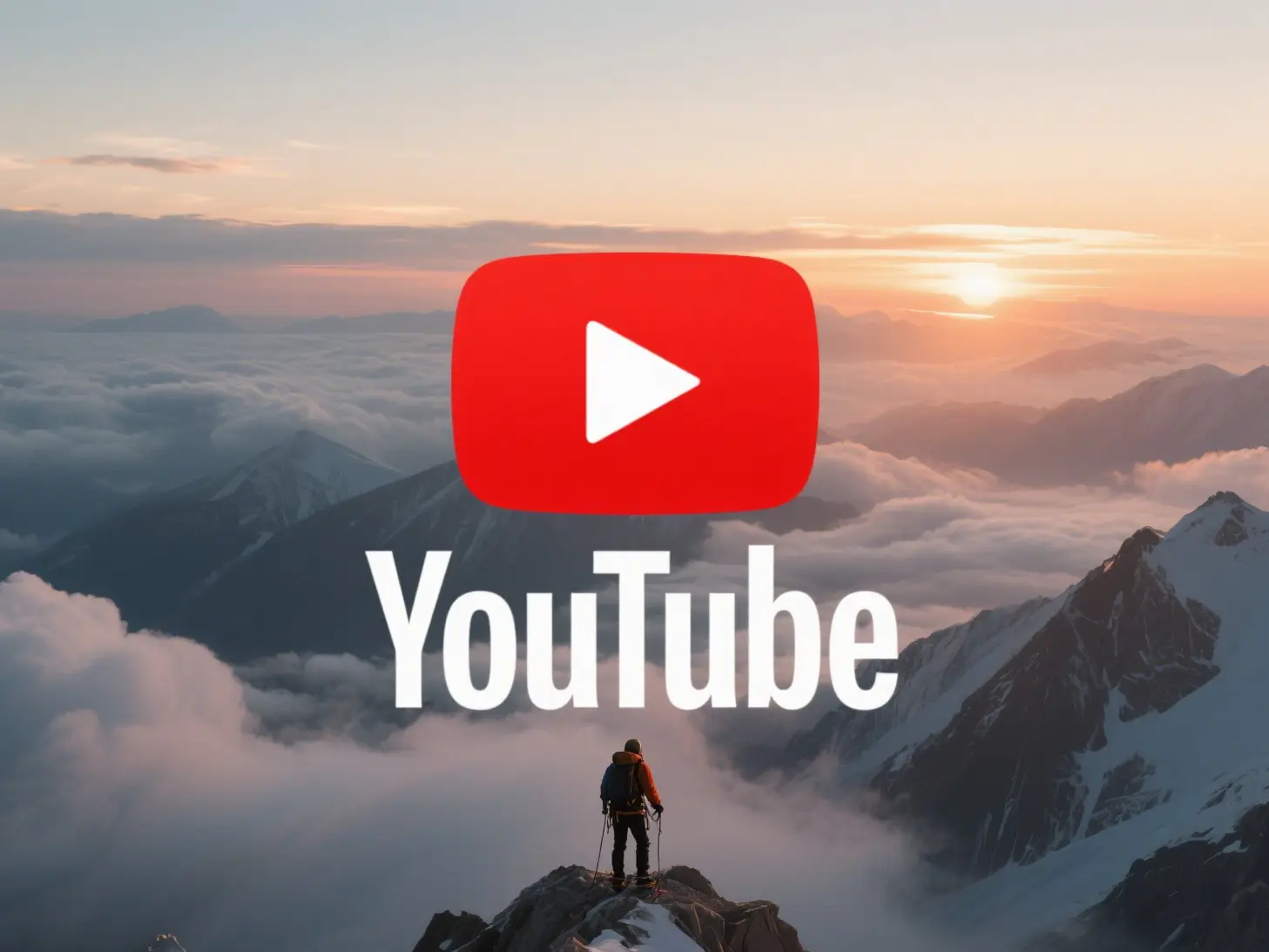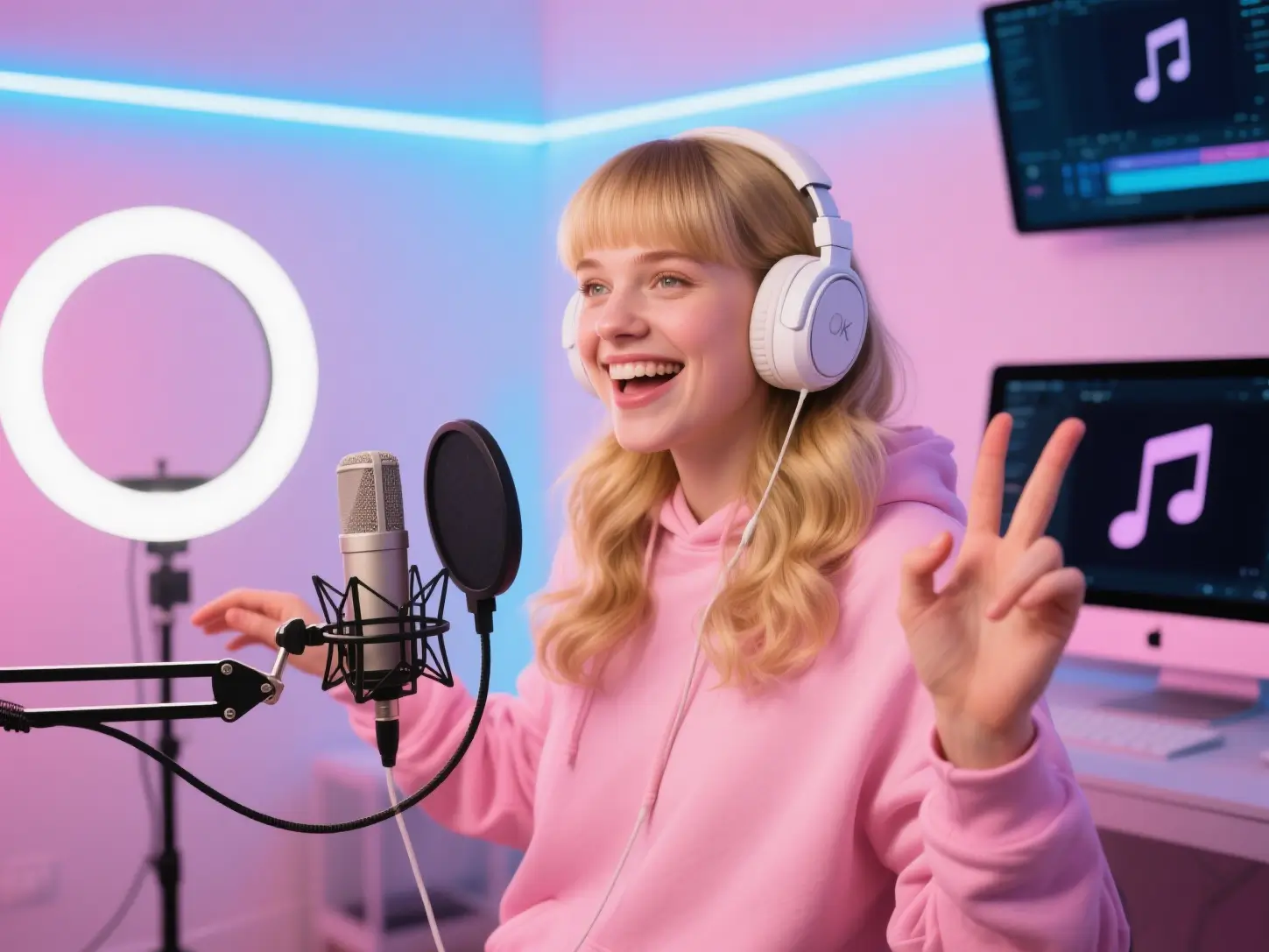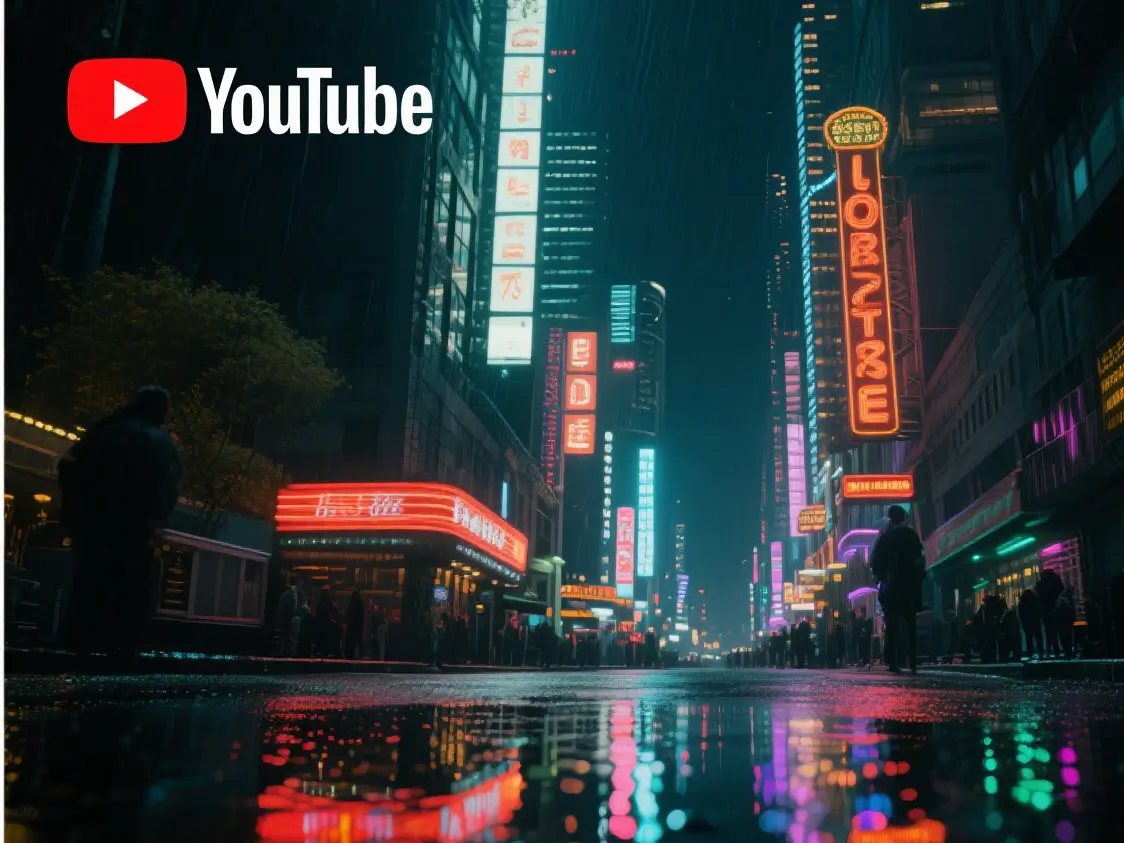How Can I Translate a YouTube Video?
Translate and Localize Your YouTube Content Easily


YouTube has become one of the most popular content-sharing platforms in the world. Millions of videos are uploaded each day, and therefore, it has become important for many content creators to capture a wider audience.
Nevertheless, a video may have a restricted reach due to the language barrier. Here, translation of YouTube videos can be very helpful. If you intend to communicate to a global population of viewers, or simply to increase the number of people who can watch your videos, you should know how to translate a YouTube video.
In this article, we will look at why translation is significant, how to translate YouTube video content, and how various applications, such as All Voice Lab, can improve this process.
One of the reasons to translate YouTube video content is to reach international audiences. Dubbing or subtitles in other languages adds accessibility, viewer retention, and the level of SEO. Localization improves the interaction, and business creators are in a position to reach a variety of locations.
Translating your content shows respect for your viewers' language, which builds trust and makes them feel valued. For businesses, this is a powerful way to connect with customers in new regions. For creators, it helps build a loyal community by increasing viewer satisfaction and encouraging them to return.
Offering subtitles, captions, or voiceovers makes your videos easier to understand and enjoy. This keeps viewers engaged, leading to higher viewer retention (the amount of time people spend watching). When viewers can easily follow along, they're more likely to watch a video all the way through, which improves your channel's performance and creates a better experience for your audience.
Translating your video is one of the most effective ways to grow your audience. You have two main options: using YouTube's built-in tools or turning to third-party services for a more professional result.
YouTube Studio is your channel's home base, offering a free and straightforward way to add subtitles and translations directly on the platform.
1. Prepare and Edit Original Subtitles
First, you need a script of what's said in your video. You can either let YouTube automatically generate subtitles for you (which you'll find under YouTube Studio > Subtitles) and then edit them for accuracy, or you can upload your own pre-made subtitle file.
2. Add a New Language and Translation
In the subtitle editing interface, select "Add Language" and choose your desired language. You can then translate manually by typing in your translated script line by line, or click "Auto-Translate" and then optimize the automatically generated text.
3. Publish Your Subtitles
Once you're done, save and publish your new subtitles. They will become immediately available, and viewers can select your language version from the video player's settings.
While YouTube Studio is convenient for most creators, third-party tools are essential for achieving a higher level of quality. These tools and services are crucial for professional-grade translations, creating voiceovers or dubbing, or gaining more precise control over subtitle appearance and timing. For these advanced localization needs, using third-party services is the best solution.

When adding multilingual support to your videos, you have two main choices: YouTube's automatic translation features or more advanced AI translation services.
YouTube's subtitle engine is a free and accessible tool that automatically transcribes spoken language into text subtitles for many languages.
Pros:
Free and convenient. No cost and all work is done within YouTube Studio.
Quick to generate. It provides a fast foundation for your translation efforts.
Cons:
Limited accuracy. The technology can struggle with accents, background noise, and specialized terminology, leading to errors.
Requires manual correction. You will almost always need to manually edit and proofread the subtitles to ensure they are accurate.
Unlike YouTube's basic text-based translation, dedicated AI video translation services use advanced technology to provide a more natural and complete localization solution. Take All Voice Lab as an example, it provides:
Higher quality translation: These tools use advanced linguistic models to produce highly accurate and nuanced translations. This goes beyond simple text conversion, ensuring the translated content sounds natural and maintains the original message's tone.
Complete localization: AI services can translate entire videos, including dubbing, to handle complex linguistic differences, not just text subtitles.
Greater efficiency: For creators distributing content in many languages, this approach significantly reduces manual effort, allowing for high-quality translation with minimal human intervention.
YouTube's built-in translation is a great entry-level tool for quickly creating basic subtitles. However, for creators who need high-quality voiceovers, precise translation, and an efficient way to localize content at scale, a professional AI translation service is the superior choice.
All Voice Lab offers a high-quality video-translation feature, which is a set of AI audio tools. It provides a suite of essential features that allow you to efficiently localize your content and connect with a massive global audience.
The platform’s core strength is its comprehensive language support. All Voice Lab offers dubbing in over 33 languages and pure text translation for over 37. This extensive range helps you meet the demands of nearly every international market, enabling your content to reach viewers across the globe.
A key feature of All Voice Lab is its efficient workflow for content localization. It offers a function that lets you upload existing SRT subtitle files to automatically generate high-quality voiceovers. This is a significant time-saver, and you can edit and perfect the results. You can easily adjust the generated dubbing or text to ensure every phrase is perfectly accurate and sounds natural before publishing your video.

To get the best results when translating your YouTube videos with AI, follow these simple steps.
Use High-Quality Audio: The quality of your original audio is the most important factor. Clear audio with minimal background noise will lead to significantly more accurate dubbing and transcription.
Review and Edit the Final Output: Always review the translated dub or captions. Make corrections to the phrasing, timing, and tone as needed to ensure the final product is flawless and maintains your intended meaning.
Select the Best Voice Style: If you're using a voice cloning feature, choose a voice style that closely matches your original tone and delivery. A good match will result in a more natural-sounding and emotionally accurate dub.
Test with a Sample Translation: Before translating an entire video, test a small segment first. This allows you to confirm that the language fluency and delivery are a good fit, saving you time in the long run.
While YouTube’s built-in solutions are convenient for basic captions, AI video translation services like All Voice Lab offer a far more powerful solution for true localization.
These advanced tools provide full dubbing, not just text translation, with emotionally expressive voice reproduction that captures the nuances of your original content. This allows you to scale your translation efforts, making it easy to translate long-form videos into multiple languages with minimal human intervention.
Whether your goal is to improve accessibility, attract international clients, or enter new global markets, using an AI-powered translation tool is an effective way to deliver high-quality, professional content that resonates with audiences worldwide.